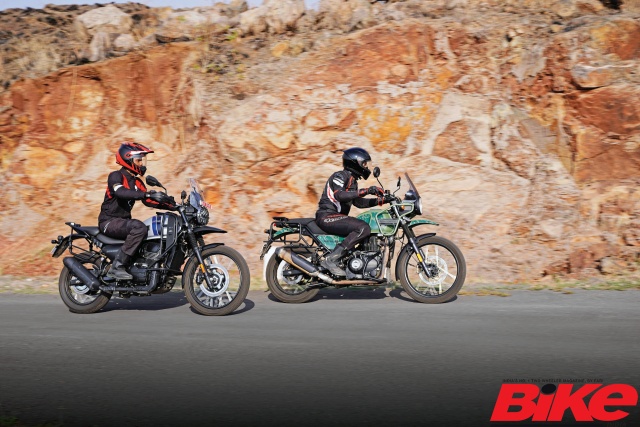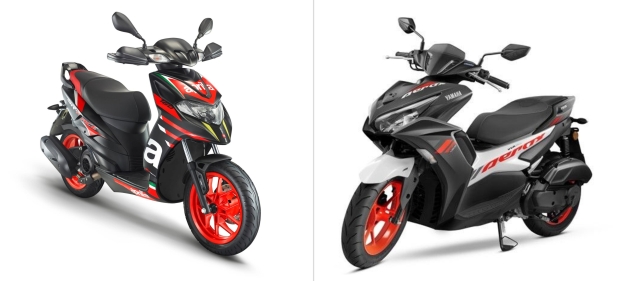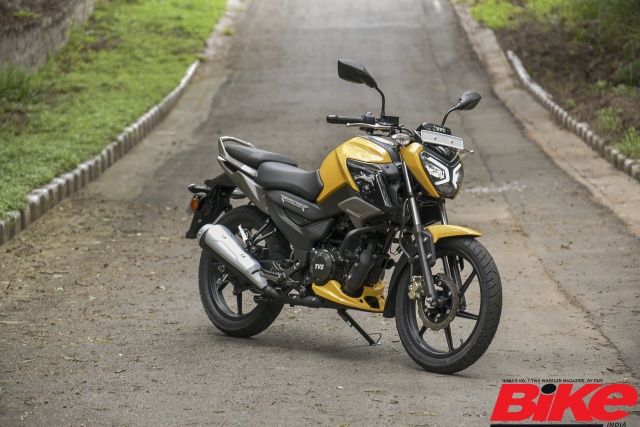The new Yezdi Adventure constantly finds itself being compared to the Royal Enfield Himalayan. We decided to settle this issue with facts and some overlooked perspectives.

Best Bikes in India | No.1 Two Wheeler Magazine
The new Yezdi Adventure constantly finds itself being compared to the Royal Enfield Himalayan. We decided to settle this issue with facts and some overlooked perspectives.

Honda CB650R or Kawasaki Z650RS or Triumph Trident 660: Looking for your first multi-cylinder bike? We have the answer.
[Read more…] about Best Middle-Weight 650-cc Motorcycle in India: Multi-cylinder MayhemThinking of buying a commuter that has under-seat storage and goes very fast at the same time? Well, you have two choices at the moment – the updated Aprilia SR 160 Race and the all-new Yamaha Aerox 155.

The Honda SP 125 sells like hot cakes and with interesting sales figures, the Hero Glamour poses strong competition. The recently-launched Bajaj Pulsar 125 is also quite an interesting offering. The latest entrant in the 125-cc segment is the TVS Raider. TVS did try their luck at the 125-cc segment with motorcycles such as the Victor GLX 125, Flame, and the Phoenix but failed to see the success they were looking for in the market. Now after a period of four years, TVS are back in the game with their sporty commuter – the Raider 125.
